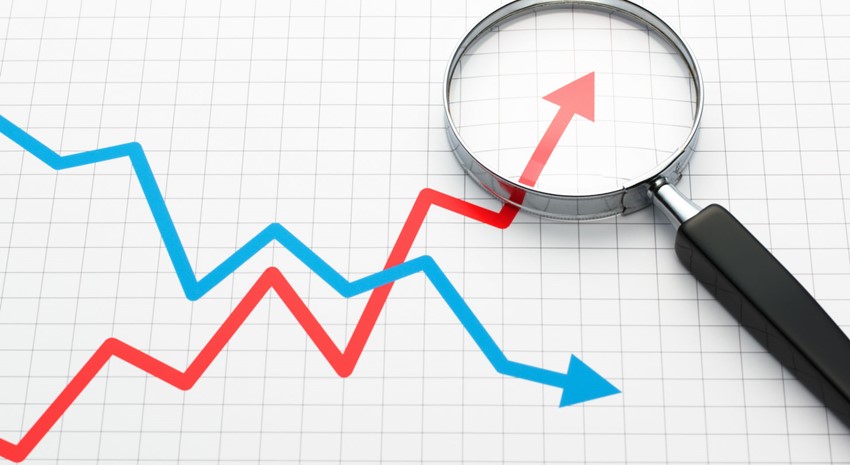Inventory Planning and Forecasting Optimization: 9 Questions to Ask

If you have inventory, you know the importance of demand planning and forecasting. But why do so many companies struggle with inventory overages and shortages and delivering desired products to their customers when they want them? Forecasting and planning for inventory management has been both a strategic and operational focus of organizations for more than 50 years.
Maybe you once were good at it, but now not so much. What’s going on?
There are many moving parts when it comes to forecasting inventory needs. Maybe you have and inventory planning and forecasting policy, but many organizations cannot specify how policy inputs are calculated. Sure, your people might know what planning method you use, but there are other factors that creep in and end up negatively affecting your ability to plan and forecast accurately. If you find that your buyers and inventory planners are ignoring the output from your ERP system, this is an indication that you don’t really have an inventory planning and forecasting policy that works for your organization.
The benefits of optimizing your inventory planning are hopefully obvious: better cash flow, higher profits, less waste/loss of goods, happier customers, and so much more. Now is the time to understand your policy and what may be affecting your outcomes. Smart Software suggests answering these 9 questions to reveal your real inventory planning and forecasting policy. First, they suggest starting with a hypothetical example. This allows you to uncover the actual approach better. Your hypothetical should include questions about when to order more, how much to order, and how the answers to those questions will change with longer or shorter lead times, if the item is an A, B, or C item, if the cost of the item is high or low, etc. Then focus on uncovering answers to these questions:
- What is the underlying replenishment approach?
- How are the planning parameters, such as demand forecasts, reorder points, and min/max, actually calculated?
- Are forecasts used to drive replenishment planning, and if so, how?
- What technique is actually used to generate the forecast?
- How do you use safety stock?
- Do you ever increase the lead time or order earlier than you truly need to?
- Do you pad the demand forecast?
- What is the exact inventory terminology used?
- Is on-hand inventory consistent with the policy?
Document your findings, determine what needs to change, then ensure you have well-defined processes that everyone understands and accepts. You might need to do some educating of your staff to ensure there is no mystery around your demand forecasting and inventory stocking policy.
To learn more about inventory and optimization, read Smart Software’s blog.
For more information about your options for inventory management, optimization, and demand planning with Microsoft Dynamics 365 Business Central or Dynamics NAV, contact ArcherPoint today.
